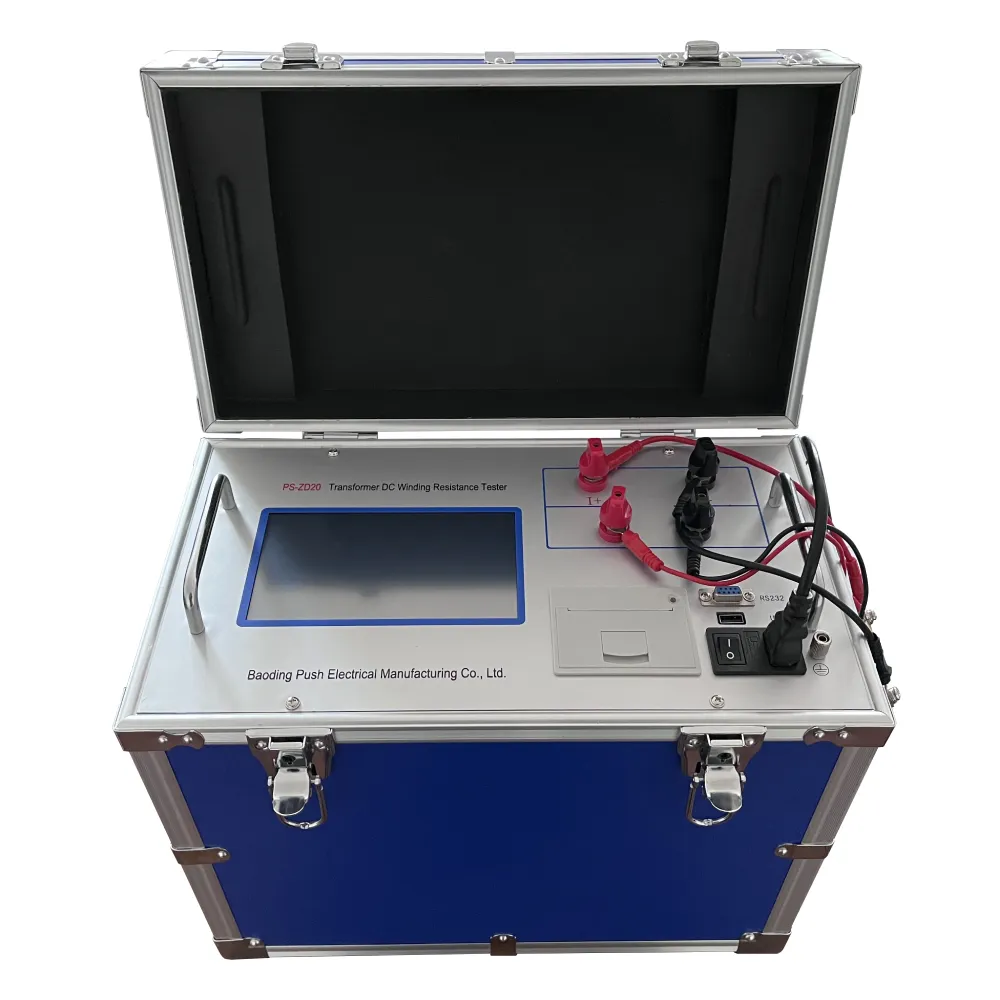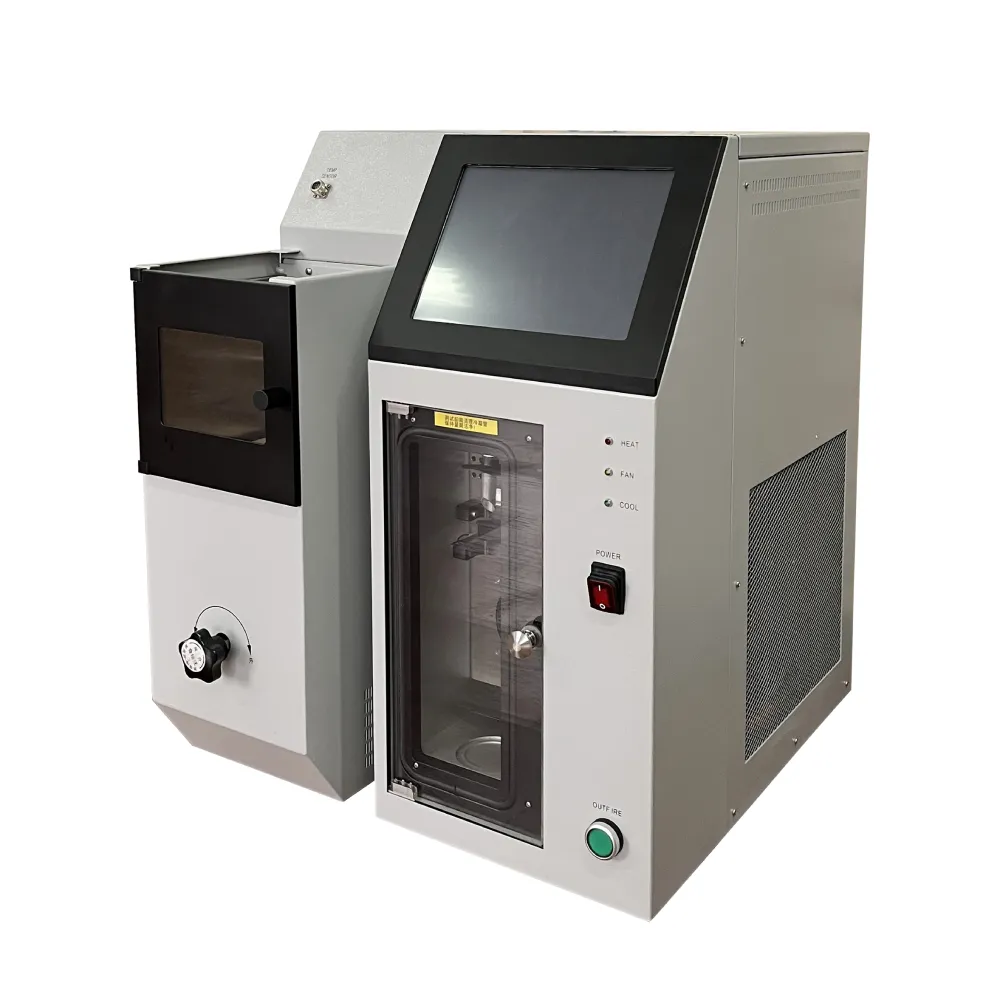 English
English



-
 Afrikaans
Afrikaans -
 Albanian
Albanian -
 Amharic
Amharic -
 Arabic
Arabic -
 Armenian
Armenian -
 Azerbaijani
Azerbaijani -
 Basque
Basque -
 Belarusian
Belarusian -
 Bengali
Bengali -
 Bosnian
Bosnian -
 Bulgarian
Bulgarian -
 Catalan
Catalan -
 Cebuano
Cebuano -
 China
China -
 China (Taiwan)
China (Taiwan) -
 Corsican
Corsican -
 Croatian
Croatian -
 Czech
Czech -
 Danish
Danish -
 Dutch
Dutch -
 English
English -
 Esperanto
Esperanto -
 Estonian
Estonian -
 Finnish
Finnish -
 French
French -
 Frisian
Frisian -
 Galician
Galician -
 Georgian
Georgian -
 German
German -
 Greek
Greek -
 Gujarati
Gujarati -
 Haitian Creole
Haitian Creole -
 hausa
hausa -
 hawaiian
hawaiian -
 Hebrew
Hebrew -
 Hindi
Hindi -
 Miao
Miao -
 Hungarian
Hungarian -
 Icelandic
Icelandic -
 igbo
igbo -
 Indonesian
Indonesian -
 irish
irish -
 Italian
Italian -
 Japanese
Japanese -
 Javanese
Javanese -
 Kannada
Kannada -
 kazakh
kazakh -
 Khmer
Khmer -
 Rwandese
Rwandese -
 Korean
Korean -
 Kurdish
Kurdish -
 Kyrgyz
Kyrgyz -
 Lao
Lao -
 Latin
Latin -
 Latvian
Latvian -
 Lithuanian
Lithuanian -
 Luxembourgish
Luxembourgish -
 Macedonian
Macedonian -
 Malgashi
Malgashi -
 Malay
Malay -
 Malayalam
Malayalam -
 Maltese
Maltese -
 Maori
Maori -
 Marathi
Marathi -
 Mongolian
Mongolian -
 Myanmar
Myanmar -
 Nepali
Nepali -
 Norwegian
Norwegian -
 Norwegian
Norwegian -
 Occitan
Occitan -
 Pashto
Pashto -
 Persian
Persian -
 Polish
Polish -
 Portuguese
Portuguese -
 Punjabi
Punjabi -
 Romanian
Romanian -
 Russian
Russian -
 Samoan
Samoan -
 Scottish Gaelic
Scottish Gaelic -
 Serbian
Serbian -
 Sesotho
Sesotho -
 Shona
Shona -
 Sindhi
Sindhi -
 Sinhala
Sinhala -
 Slovak
Slovak -
 Slovenian
Slovenian -
 Somali
Somali -
 Spanish
Spanish -
 Sundanese
Sundanese -
 Swahili
Swahili -
 Swedish
Swedish -
 Tagalog
Tagalog -
 Tajik
Tajik -
 Tamil
Tamil -
 Tatar
Tatar -
 Telugu
Telugu -
 Thai
Thai -
 Turkish
Turkish -
 Turkmen
Turkmen -
 Ukrainian
Ukrainian -
 Urdu
Urdu -
 Uighur
Uighur -
 Uzbek
Uzbek -
 Vietnamese
Vietnamese -
 Welsh
Welsh -
 Bantu
Bantu -
 Yiddish
Yiddish -
 Yoruba
Yoruba -
 Zulu
Zulu
Electrical Insulation Resistance Testers Accurate & Reliable Solutions
- Understanding Electrical Insulation Resistance Testing
- Critical Parameters for Accurate Measurements
- Technical Advantages of Modern Testers
- Comparative Analysis: Leading Manufacturers
- Custom Solutions for Industry-Specific Needs
- Real-World Applications and Success Metrics
- Future Trends in Insulation Resistance Testing

(electrical insulation resistance testing)
Understanding Electrical Insulation Resistance Testing
Electrical insulation resistance testing ensures the reliability of electrical systems by measuring resistance between conductive components and insulation materials. Industry data reveals that 23% of equipment failures stem from degraded insulation, emphasizing the need for precision testers. Modern devices like the electrical insulation tester leverage DC voltage (250V to 10kV) to detect leaks, moisture ingress, or material aging, with accuracy thresholds below ±2%.
Critical Parameters for Accurate Measurements
Key metrics include test voltage range (0.1MΩ to 10TΩ), polarization index (PI), and dielectric absorption ratio (DAR). Advanced models feature auto-ranging, temperature compensation, and Bluetooth-enabled data logging. For instance, a resistance tester electrical operating at 5kV can identify insulation weaknesses in HV transformers within 15 seconds, reducing diagnostic time by 40% compared to manual methods.
Technical Advantages of Modern Testers
Third-generation testers now integrate:
- Multi-stage ramp testing (0.1kV/s to 1kV/s)
- IP67-rated ruggedized housings
- Graphical PI/DAR trend analysis
Field studies demonstrate that these innovations improve fault detection rates by 68% in industrial motors while complying with IEC 60664 and ASTM D257 standards.
Comparative Analysis: Leading Manufacturers
| Brand | Model | Range | Resolution | Voltage |
|---|---|---|---|---|
| Megger | MIT525 | 1TΩ | 0.01nA | 50V-5kV |
| Fluke | 1587 FC | 10GΩ | 1kΩ | 50V-1kV |
| Hioki | IR4056 | 20TΩ | 0.1nA | 50V-10kV |
Custom Solutions for Industry-Specific Needs
Energy providers require testers with 10kV capacity for substation cables, while automotive manufacturers prioritize 0.1μA resolution for EV battery insulation. Modular designs now allow:
- Swapable probes (needle/clamp/barrel)
- Programmable test sequences
- API integration with SCADA systems
Real-World Applications and Success Metrics
A 2023 case study involving 450MW wind farm maintenance showed:
- 72% reduction in generator downtime using Hioki IR4056
- €220,000 annual savings in predictive maintenance
- 0.05% false positive rate across 12,000 tests
Future Trends in Electrical Insulation Resistance Testing
AI-driven analyzers now predict insulation lifespan with 89% accuracy by correlating resistance data with environmental factors. The global market for electrical insulation testers is projected to grow at 6.8% CAGR through 2030, driven by renewable energy expansion and smart grid deployments.

(electrical insulation resistance testing)
FAQS on electrical insulation resistance testing
Q: What is electrical insulation resistance testing?
A: Electrical insulation resistance testing measures the integrity of insulation materials in electrical systems. It identifies leakage currents or potential faults using a specialized electrical insulation tester. This ensures compliance with safety standards like IEC 60364.
Q: How does an electrical insulation tester work?
A: An electrical insulation tester applies a high DC voltage to the insulation and measures the resulting current flow. The resistance value (in megohms) indicates insulation quality. Modern testers auto-calculate polarization index for deeper analysis.
Q: When should resistance testing be performed?
A: Testing should occur during equipment installation, routine maintenance, or after repairs. Follow manufacturer guidelines and standards like ASTM D257. Regular testing prevents unexpected failures in transformers, cables, and motors.
Q: What factors affect insulation resistance readings?
A: Temperature, humidity, and surface contamination significantly impact readings. Higher temperatures reduce resistance values. Always record environmental conditions and compare results under similar test parameters.
Q: How to maintain an electrical insulation tester?
A: Calibrate annually per ISO/IEC 17025 standards. Store in dry conditions and inspect test leads for damage. Replace batteries regularly and follow the manufacturer's self-test procedures before critical measurements.
-
Ensuring SF₆ Gas Safety: Introducing PUSH’s Integrated SF₆ Analyzer for Dew Point, Purity, and Decomposition MonitoringNewsJul.10,2025
-
Exploring the Main Types of Industrial Endoscopes and Their Applications Across IndustriesNewsJul.04,2025
-
Testing Equipment Industry Sees Major Advancements in 2025: Smart & Precision Technologies Lead the WayNewsJun.06,2025
-
Applications of Direct Current Generators in Renewable Energy SystemsNewsJun.05,2025
-
Hipot Tester Calibration and Accuracy GuidelinesNewsJun.05,2025
-
Digital Circuit Breaker Analyzer Features and BenefitsNewsJun.05,2025



